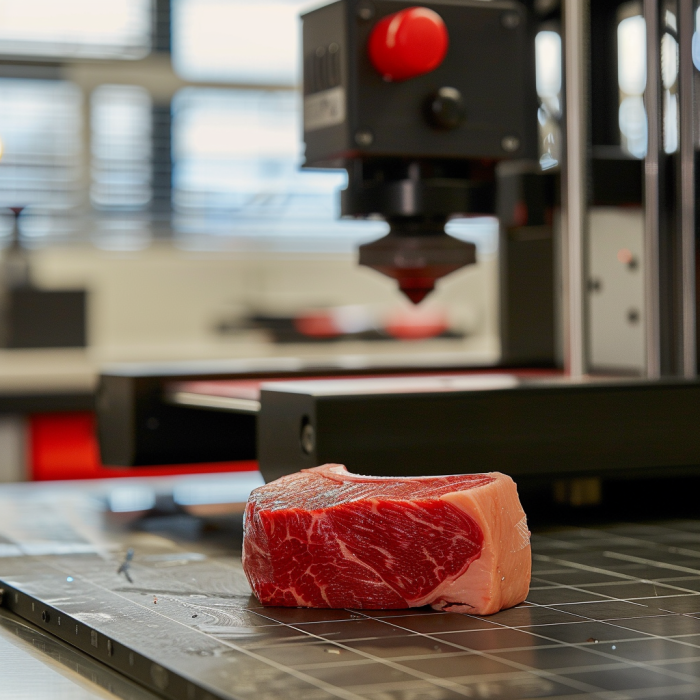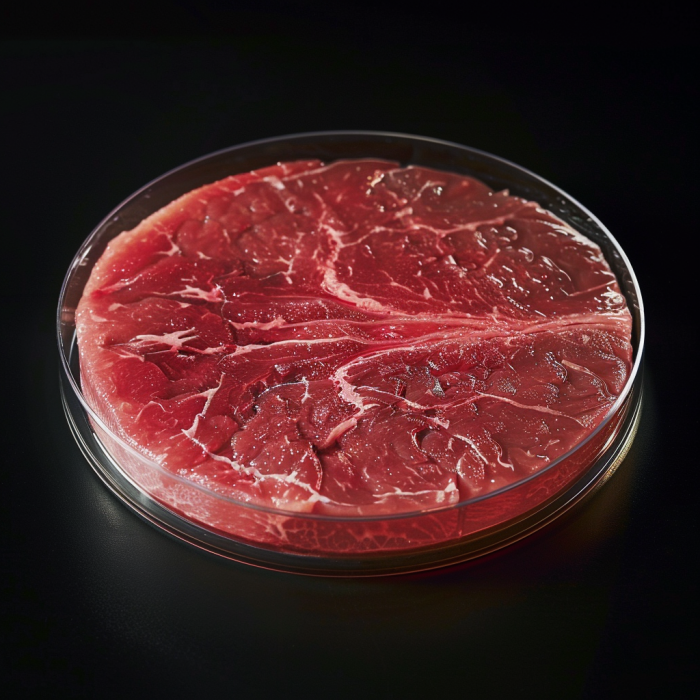Technological innovation is impacting every industry from manufacturing to healthcare and even food and beverage. And we are here to bring you the inside scoop about them all.
Over the years, we’ve witnessed significant advancements in how we produce, prepare, and consume food. From the advent of agriculture to the industrial revolution and the rise of GMOs (Genetically Modified Organisms), each era has brought breakthroughs and challenges.
The Emergence of 3D Printed Meals

Imagine a future where instead of slaving away in the kitchen for hours, you could simply press a few buttons on a device and watch as your meal is intricately crafted layer by layer before your eyes.
Using edible ingredients in the form of pastes or gels, chefs and food technologists can create complex shapes and textures that would be nearly impossible to achieve through traditional cooking methods.
From personalized nutrition tailored to individual dietary needs to elaborate edible sculptures that border on works of art, the possibilities are endless.
The Promise of Cultured Meat
In addition to 3D-printed meals, another emerging area of food tech is cultured meat, also known as lab-grown or synthetic meat. As concerns about the environmental impact of animal agriculture continue to grow, scientists and entrepreneurs are racing to develop sustainable alternatives that can satisfy our insatiable appetite for meat without factory farming.
At its core, cultured meat is created by harvesting cells from an animal, such as a cow or chicken, and then growing these cells in a lab-controlled environment. The result is real meat that is molecularly identical to traditional animal meat but produced without the ethical, environmental, and health concerns associated with raising livestock.

Despite the immense potential of 3D-printed meals and cultured meat, there are still many hurdles to overcome before these technologies become mainstream. From regulatory hurdles and consumer acceptance to scalability and cost-effectiveness, the road ahead is fraught with challenges.
One of the biggest concerns surrounding 3D-printed food is its perceived “unnaturalness” and the question of whether it can ever truly replicate the taste and sensory experience of traditional cuisine. Similarly, cultured meat faces skepticism from some, with critics raising concerns about its safety, nutritional value, and long-term effects on human health.
The Path Forward
With continued investment and innovation, we have the potential to revolutionize the way we produce and consume food. Whether it’s 3D-printed meals that cater to our individual dietary preferences or cultured meat that offers an alternative way to indulge in our favorite dishes – possibilities are endless.
Triple Helix Corporation is a technology company servicing New England and beyond. In addition to delivering world-class custom software applications, website development, and business consulting services, we pride ourselves on being a source of education within the tech space. Looking for more interesting tech insights? Make sure you subscribe to our Helix Insider Podcast!


